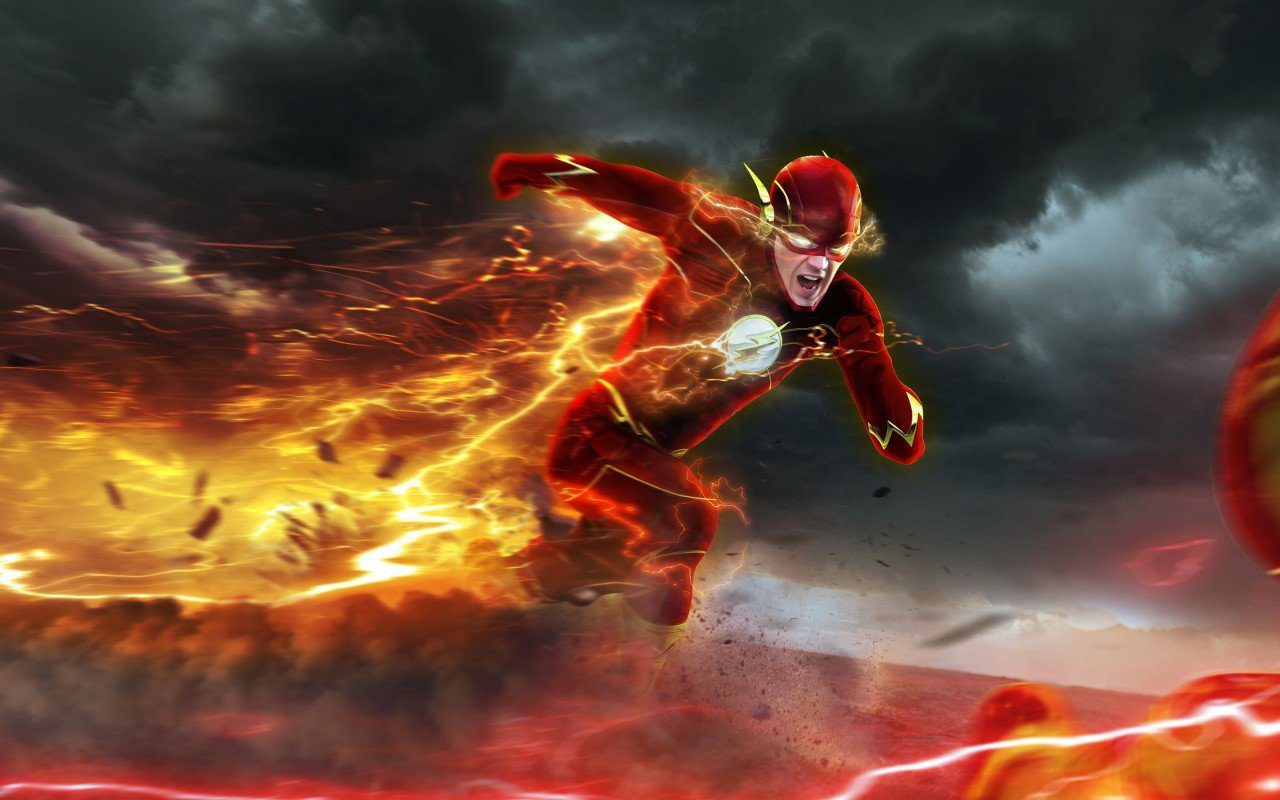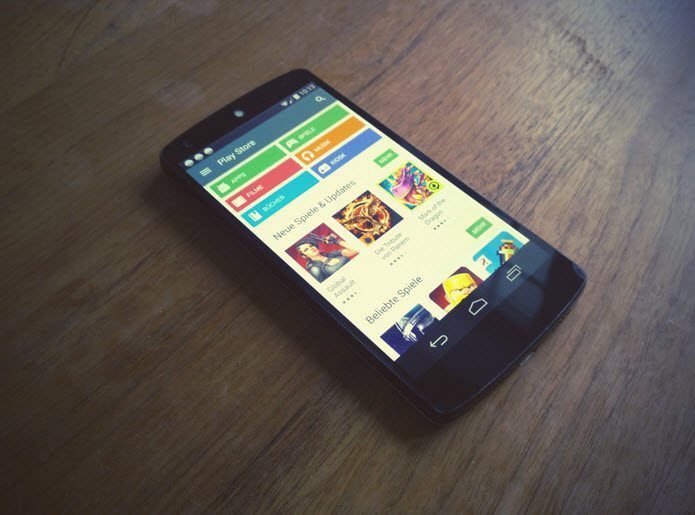The cache contains HTML files, Java scripts, CSS stylesheets and multimedia content like images and icons from a website. Whenever you revisit the website which has been cached by the browser, only the updated files are reloaded while the cached files are served as they were saved. This not only increases the site loading speed but also saves on some bandwidth — both for the user as well as the server — and is a useful tool especially when your internet is slow. Browser cache can sometimes lead to issues on a website. You must have seen suggestions like ‘try to clear your browser cache’ or ‘delete your cookies’ in case a site is having trouble loading. This is usually caused when the site has been updated since it was last cached by your browser but the browser tries to serve you with cached files — resulting in a partially loaded website or a broken one. Clearing your browser cache every now and then is a good idea both for making space in your storage as well as addressing your privacy concerns. There is a traditional method to clear cache via settings on your Google Chrome browser, but here we discuss hidden ways to do the same without affecting your current tabs and workflow.
The Hidden Cache-Clearing Feature
There are three hidden switches in the Chrome reload button which are accessible once the Chrome Dev tools are activated by pressing F12. Once you see the dev tools screen on the right, right-click on the reload button, and the dropdown menu will show you three options — two of which are useful in our case.
Normal Reload
This functions the same as the reload button does when Dev tools aren’t activated. Pressing the Normal reload button will lead the browser to reload the page using the cached data. The browser will also check for any updated files on the server and will fetch them if available.
Hard Reload
Hard reload makes the browser circumvent the cached files and downloads all the files for the web page again. This will, however, might not always affect the cached data from earlier. For instance, the elements which start to load after the website has loaded — like Javascript. Hard Reload can also be performed via a keyboard shortcut: CTRL+SHIFT+R.
Empty Cache and Hard Reload
In order to wipe the cache clean and reload the web site with all the updated files available on the server, this one is the best option. It’ll serve you a completely fresh web page while the browser caches the files for the website again. This method will not affect websites on the other tabs and will only apply to the website on your active Google Chrome tab. The above article may contain affiliate links which help support Guiding Tech. However, it does not affect our editorial integrity. The content remains unbiased and authentic.








